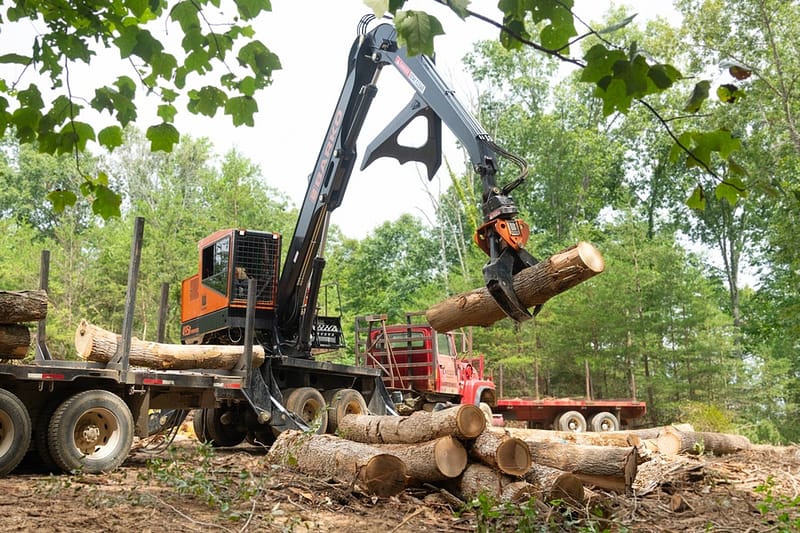Harvesting trees, when managed sustainably and in conjunction with reforestation efforts, can actually contribute to reducing global carbon emissions. Here are a few facts to explain this position:
1. Carbon Sequestration Balance: Young trees sequester carbon at a faster rate than mature trees. By harvesting older trees and allowing natural regeneration to occur (or replanting new ones depending on your region), we can maintain a cycle of active carbon sequestration. This process ensures that the growing trees capture more carbon dioxide from the atmosphere than the mature ones, thus helping to offset emissions.
2. Renewable Resource: Wood harvested from forests can serve as a renewable and low-carbon alternative to carbon-intensive materials like concrete and steel. When sustainably managed, using wood products in construction and manufacturing reduces the demand for fossil fuel-intensive materials, thereby indirectly lowering carbon emissions.
3. Naturally Rotting Trees Release CO2: Trees that rot or decompose in the woods do release carbon dioxide (CO2) into the atmosphere. When organic matter, such as fallen leaves, branches, and trees, undergoes decomposition, the process involves the activity of microbes and other organisms that break down the organic material. During this decomposition process, carbon stored in the organic matter is converted into carbon dioxide and released into the air. This is a natural part of the carbon cycle.
4. Preventing Forest Degradation: Leaving forests unchecked can lead to natural disturbances such as wildfires and disease outbreaks. These events release large amounts of stored carbon back into the atmosphere. Managed harvesting can help prevent such catastrophic events and maintain the overall health of the forest, allowing it to continue its carbon sequestration role.
5. Encouraging Investment in Forests: Responsible harvesting provides economic incentives for landowners and governments to invest in forest conservation and management. This funding can be redirected towards reforestation, afforestation, and other sustainable practices that enhance carbon sequestration capacities.
6. Balancing Land Use: As global population and demand for resources increase, there’s a growing competition for land use. Integrating well-managed forests with other land uses, such as agriculture, can prevent deforestation driven by expanding croplands and urban areas. This balance ensures that carbon-rich ecosystems are preserved.
7. Supporting Local Communities: Sustainable forestry practices can create jobs in rural and indigenous communities, providing economic stability and reducing the incentives for land conversion. This helps maintain forest cover and the associated carbon sink.
Harvesting trees as part of a sustainable forest management strategy can contribute to reducing global carbon emissions by maximizing carbon sequestration in growing trees, providing renewable materials, preventing forest degradation, and fostering investment in carbon-rich ecosystems. It’s crucial to emphasize that sustainable practices, combined with reforestation efforts, are key to realizing these benefits while maintaining the health of our planet.
At Cumberland Forest Management we follow sustainable practices while finding the best financial returns for timber owners, thus protecting woodlands for future generations.
